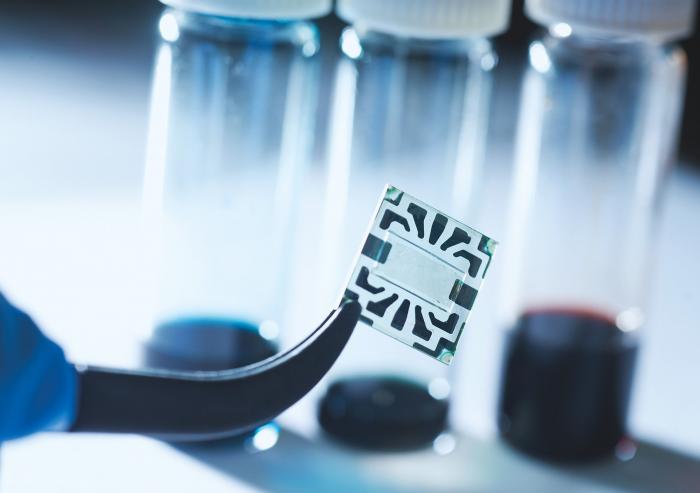Theoretical physicists in the U.S. and Israel who have turned the conventional approach to studying light-matter interactions on its head may have come up with a leap forward that could have dramatic implications for solar PV cell efficiency.
The MIT News service reported this week that Yaniv Kurmon, of Technion in Haifa, and colleagues have taken a novel approach to the study of photonics.
Kurmon and MIT collaborators have come up with a theoretical way to slow down the momentum of light photons by orders of magnitude, to make them more closely align with the momentum of electrons in the materials they hit. If their theory is borne out by experiment, it could lead to PV cells able to absorb a wider range of light wavelengths, in turn ramping up existing cell efficiencies.
The gulf in momentum between fast moving photons and material electrons is so vast the two interact only weakly, Ido Kaminer, a professor of physics at Technion told MIT News. Most people looking into the problem have focused on the, low-efficiency silicon used as a semiconductor Prof Kaminer says, but “this approach is very different – we’re trying to change the light instead of changing the silicon. People design the matter in light-matter interactions, but they don’t think about designing the light side.”
Kurmon and Kaminer – together with Technion colleagues Shai Tsesses and Meir Orenstein and MIT's Thomas Christensen, John Joannopoulos and Marin Soljačić – posit the use of a multi-layered thin-film material of gallium arsenide and indium gallium arsenide layers, overlaid with graphene, alters the behavior of photons passing through it in a highly controllable way, slowing the momentum of photons by a factor of a thousand and enabling researchers to control the frequency of emissions by 20-30%.
Popular content
The photons can be either absorbed by the semiconductor or emitted by it and the researchers say the property can be altered by varying a voltage applied to the graphene layer. “We can totally control the properties of the light, not just measure it,” Kurman told MIT News.
Further, the scientists claim the principle could be applied to “several other semiconductor materials”, including silicon – according to Kurman, lead author of a paper on the findings, published in Nature Photonics.
This content is protected by copyright and may not be reused. If you want to cooperate with us and would like to reuse some of our content, please contact: editors@pv-magazine.com.



By submitting this form you agree to pv magazine using your data for the purposes of publishing your comment.
Your personal data will only be disclosed or otherwise transmitted to third parties for the purposes of spam filtering or if this is necessary for technical maintenance of the website. Any other transfer to third parties will not take place unless this is justified on the basis of applicable data protection regulations or if pv magazine is legally obliged to do so.
You may revoke this consent at any time with effect for the future, in which case your personal data will be deleted immediately. Otherwise, your data will be deleted if pv magazine has processed your request or the purpose of data storage is fulfilled.
Further information on data privacy can be found in our Data Protection Policy.